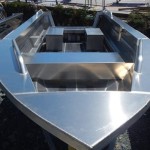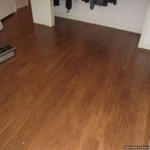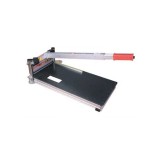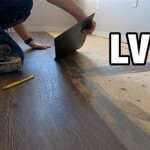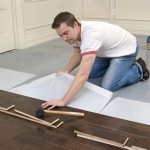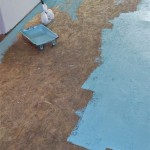Types Of Solid Bamboo Flooring: Essential Aspects
The world of flooring has witnessed the rise of bamboo flooring as a sustainable and stylish alternative to traditional hardwood options. Bamboo, a rapidly renewable resource, offers durability, versatility, and a unique aesthetic appeal that complements a wide range of interior designs.
Horizontal Solid Bamboo Flooring
This type of bamboo flooring features planks where the bamboo fibers run parallel to the length of the plank. The result is a smooth, linear appearance that mimics the look of traditional hardwood flooring. Horizontal bamboo flooring is known for its stability and resistance to warping, making it an excellent choice for high-traffic areas.
Vertical Solid Bamboo Flooring
In vertical bamboo flooring, the bamboo fibers are positioned perpendicular to the length of the plank. This orientation creates a more textured and pronounced grain pattern, giving the flooring a distinct and contemporary look. Vertical bamboo flooring is slightly less stable than horizontal flooring but is still a durable and eco-friendly option.
Strand Woven Bamboo Flooring
Strand woven bamboo flooring is a unique and innovative type of bamboo flooring. In this process, bamboo fibers are broken down into strands and then woven together using heat and pressure. This creates a dense and durable flooring material that is highly resistant to wear and tear. Strand woven bamboo flooring is available in a wide range of colors and textures, making it a versatile choice for both residential and commercial applications.
Engineered Bamboo Flooring
Engineered bamboo flooring is a hybrid solution that combines the strength of bamboo with the stability of plywood. It consists of a bamboo top layer bonded to a plywood base. Engineered bamboo flooring is less susceptible to warping and moisture damage, making it a suitable choice for areas with fluctuating humidity levels.
Colors and Finishes
Solid bamboo flooring comes in a variety of natural colors, from light golden to deep brown. It can also be stained or finished to achieve a desired aesthetic. Common finishes include satin, semi-gloss, and matte, each of which alters the look and feel of the flooring.
Conclusion
The choice of solid bamboo flooring depends on your specific needs and preferences. Each type offers unique advantages, from stability to texture. By understanding the essential aspects of these types, you can make an informed decision that complements your interior design and lifestyle.

Bamboo Flooring Types Varieties Styles Solid Vs Strand Woven

China Natural Bamboo Flooring Horizontal Uv Coated Floor Manufacturers And Suppliers Xunchao

Solid Surface Carbonized Natural Strand Woven Bamboo Flooring China Floor Made In Com

What Are The Diffe Types Of Bamboo Flooring Company

What Are The Diffe Types Of Bamboo Flooring Company

Strand Woven Bamboo Flooring Natural Carbonized Horizontal Vertical Solid Parquet China Board Plywood Made In Com

Bamboo Flooring Pros And Cons Forbes Home

Bamboo Flooring

Java Fossilized Solid Bamboo Flooring Rockland

Bamboo Flooring Explained Craftedforlife
Related Posts

